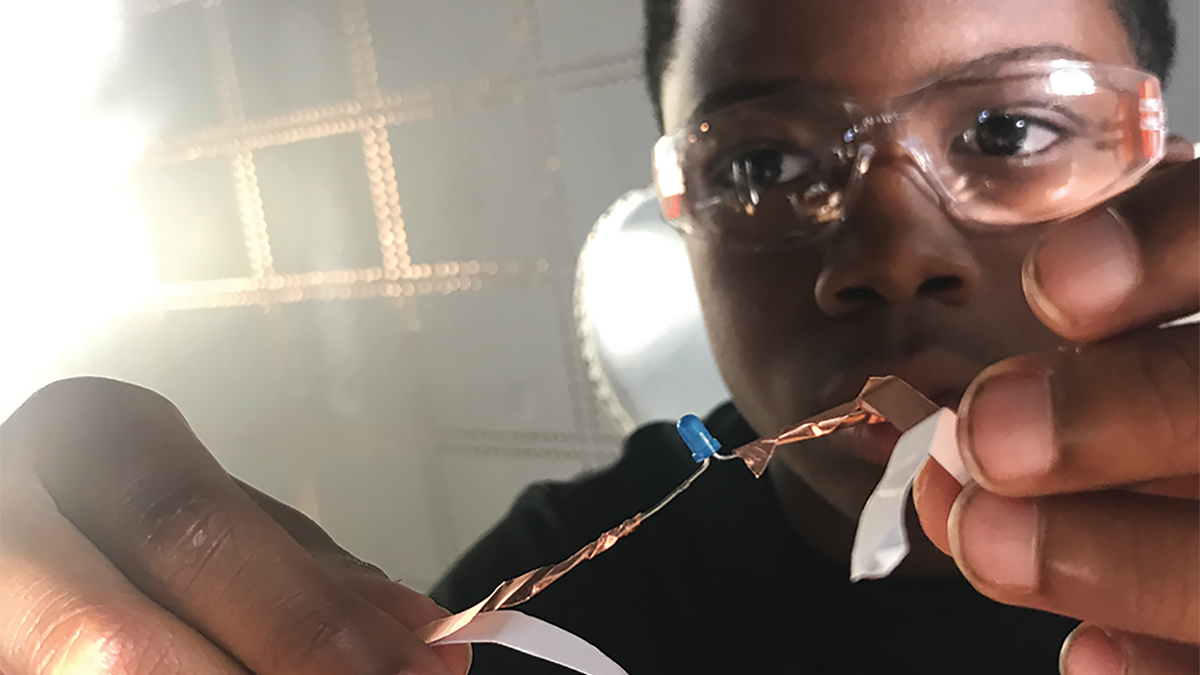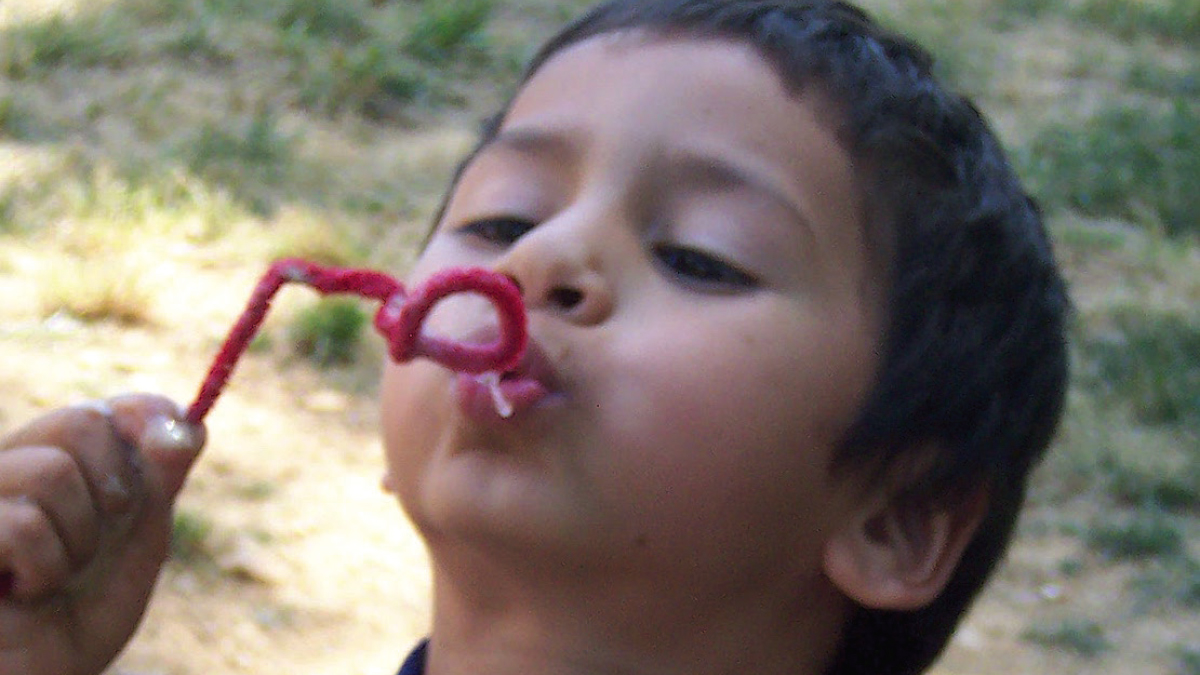Robots and Reading
Trade books and circuit activities enhance science literacy and energy education.
Making the Most of a Makerspace
A three-pronged approach to integrating a makerspace into an elementary school
Science and Children—February 2020 (Volume 57, Issue 6)
By Rob Rouse, Katie Krummeck, and Olivia Uribe
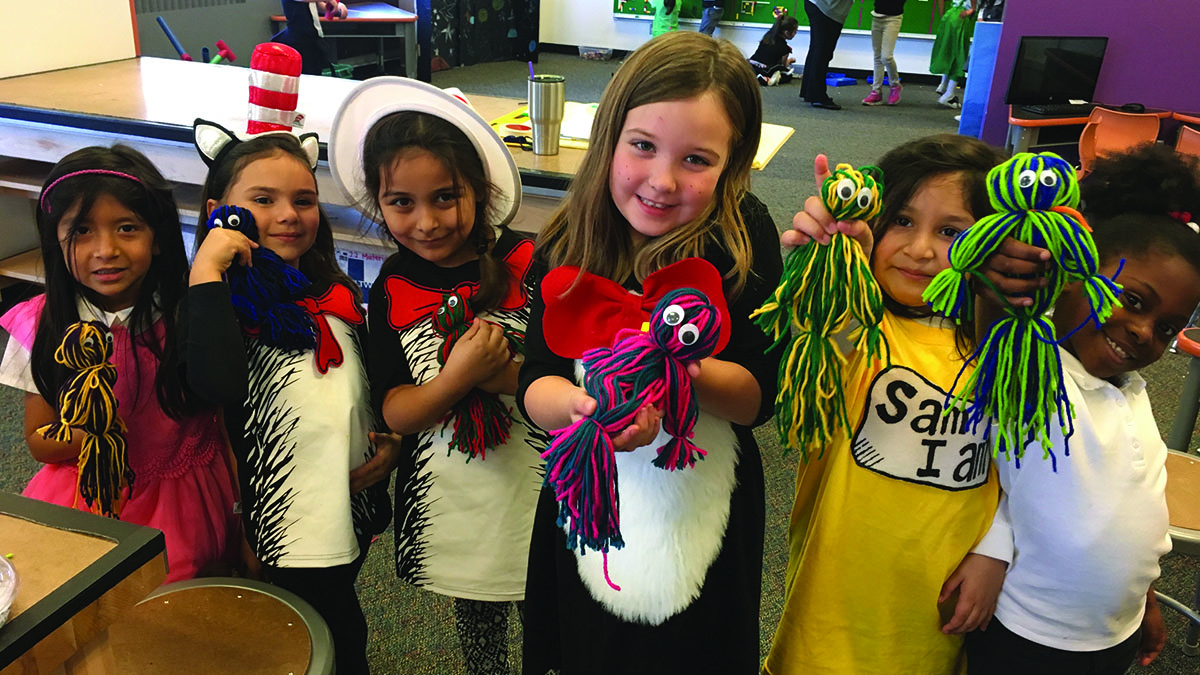
Inquiry Zones
Pathways to the science and engineering practices
Science and Children—February 2020 (Volume 57, Issue 6)
By Bill Lindquist, Bryna Wiens, Robyn Char, Leah Mark, and Joshua Baumgartner
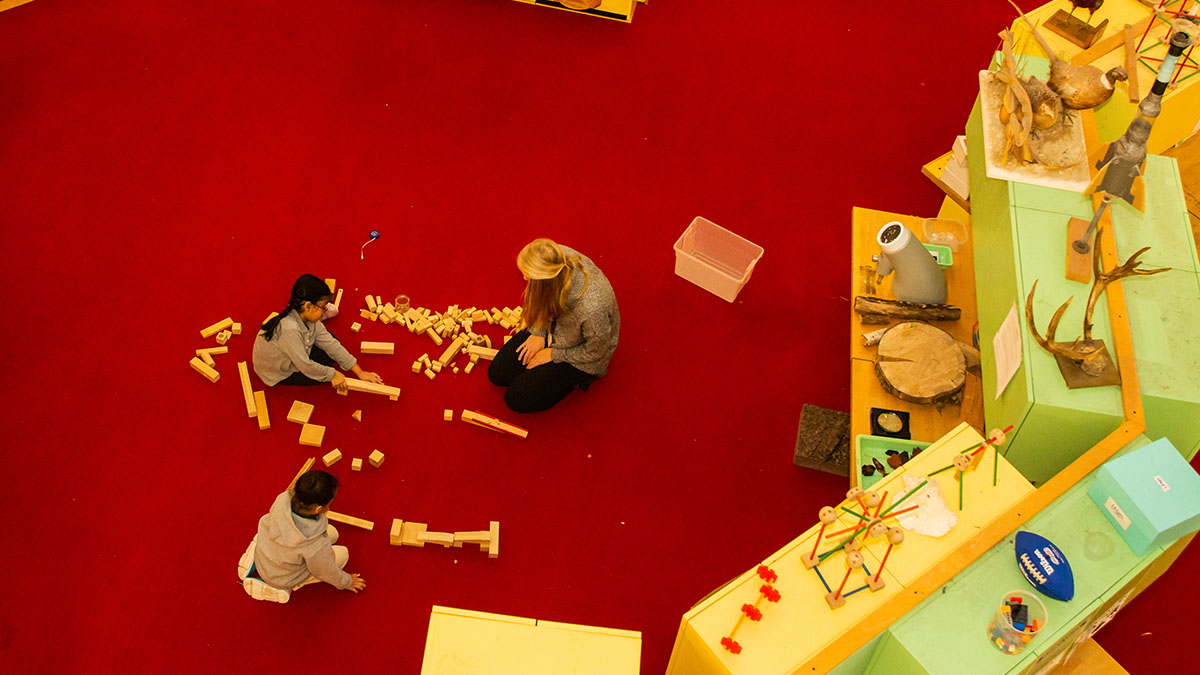
Teaching Through Trade Books
Discovering Diversity
The Poetry of Science
Time for Tinkering
Science and Children—February 2020 (Volume 57, Issue 6)
By Sylvia Vardell and Janet Wong
Formative Assessment Probes
“Doing” Science vs. “Doing” Engineering
Science and Children—February 2020 (Volume 57, Issue 6)
By Page Keeley
Early Childhood Resources Review
Tinker Kit: Educator's Guide - Boston Children's Museum
Science and Children—February 2020 (Volume 57, Issue 6)
By Julie Petcu
The Early Years
Engineering Design and Open Exploration
NSTA Reports
Medical Schools Offer STEM Pipeline Programs
By Debra Shapiro
Posted on 2020-03-02

Teachers and students seeking additional learning opportunities in science, technology, engineering, and math (STEM) with a health care orientation can often look to their local medical schools for precollege STEM pipeline programs. Held both on medical school campuses and offsite, these programs are geared toward engaging students in STEM early on and giving students—especially underrepresented students—extra support in pursuing STEM majors and careers, including health care careers.
In Newark, New Jersey, for example, Rutgers New Jersey Medical School (NJMS) offers Science, Medicine, and Related Topics (SMART), a pipeline program for underrepresented students interested in careers in medicine, dentistry, biomedical research, and other health-related careers. “We hold a Winter Academy for students in grades 6–12 and a Summer Academy for rising students in grades 7–12,” says SMART Program Administrator Mercedes Padilla-Register. Held on the NJMS campus, SMART is open to all New Jersey students, with preference given to students living in or near Newark.
The Winter Academy, which takes place on Saturdays, focuses on infectious diseases and public health. It features NJMS faculty—“scientists, doctors, nurses, or dentists”—who serve as guest lecturers to “inform students about their specialty,” explains Padilla-Register. “We try to invite faculty who look like the students and have the same background.”
Recently a New Jersey Institute of Technology faculty member shared his experiences in studying to be an engineer in the gas industry. “We want to expose students to science careers in general, not just in medicine,” Padilla-Register points out.
State-certified science teachers and medical students serving as teaching assistants also lead students in hands-on activities in applied science and technology, with a curriculum aligned to state standards. “The medical students are closer in age to the students, and they inspire students with their own stories of living and going to school in Newark. They provide mentoring and extra help to students,” Padilla-Register relates.
Many students go on to participate in the Summer Academy, and students can take both academies every year through 12th grade. “In the summer, we switch up the speakers so there are no speaker duplications,” notes Padilla-Register. The Summer Academy also includes educational field trips, community service (for 11th and 12th graders), and college and career counseling.
Participation offers “a boost in the daily curriculum, which is good for disadvantaged students who might not be exposed to the content in their schools. There is time for hands-on activities like dissections,” which may not be offered in school due to lack of time and/or resources, she contends.
“Most SMART students graduate high school and go to college,” reports Padilla-Register, “with about half continuing in science and medicine.”
STEM ‘SSTRIDE’s
Florida State University College of Medicine (FSUCOM) in Tallahassee has an outreach program called Science Students Together Reaching Instructional Diversity and Excellence (SSTRIDE) for middle and high school students in five counties, “serving a diverse group of students, but mainly African American, Hispanic, and rural. SSTRIDE was created…to address the disparity between the need for minority and rural physicians and the pool of qualified applicants,” says Thesla Anderson, SSTRIDE’s founder and FSUCOM’s director of Precollege and Undergraduate Outreach Programs.
“We identify students with an interest in science, math, and health and provide support for them to succeed in preparing for graduate or medical school. We not only help them academically and socially, but also help with their leadership and professional skill development,” Anderson explains.
“We have students as a captive audience for the entire school year, one class period every day. It’s an opportunity for us to intervene in their lives to help them love learning and provide an innovative and engaging science curriculum,” Anderson emphasizes. “There is a reduced class size of 15 to 20 students enrolled in each SSTRIDE class, depending on the district. Our goal is to develop a well-rounded student.”
Students are chosen based on recommendations from their seventh-grade science teacher, guidance counselor, or principal; a minimum 3.0 GPA; and an interest in a five-year commitment, “and they have to love science and math. This is not a remediation program,” Anderson maintains. Many students, she notes, “are the first in their family to go to college.”
SSTRIDE has a “progression of science classes and a newly developed leadership course. Each district chooses the progression of courses (only one class as part of their schedule each year),” Anderson explains.
“We recruit undergraduate, graduate, pre-med, and medical students to work with teachers in the classroom, and each group of students is assigned a graduate student or undergraduate premedical student mentor [who serves] as a teaching assistant,” says Anderson. “SSTRIDE teachers use only our curriculum, which covers biology, chemistry, Introduction to Health Science, anatomy, and leadership,” she relates.
“SSTRIDE also offers in-school and afterschool tutoring; grade monitoring, so that when a student’s grades fall below a B, an intervention plan is developed;…field trips, guest speakers, and academic banquets; community partnerships with doctors, hospitals, businesses, clinics, community colleges and universities (to recruit mentors), and other organizations; standardized test preparation from the ACT and SAT to the MCAT; and a professional externship for high school seniors. We collect formative and summative data, and we advise students interested in medicine and all pre-health fields,” she reports.
“[Most] (97%) of SSTRIDE students go to college, and 65% choose a health and science major,” Anderson notes.
Starting Early
When medical students at the Zucker School of Medicine at Hofstra/Northwell in Hempstead, New York, attended a presentation by the dean called Obesity as an Epidemic, “[i]t was eye-opening for the students; it inspired them to want to do something” about obesity prevention, recalls Catherine Bangeranye, assistant dean for Diversity and Inclusion and assistant professor of science education. “Students wanted to do community outreach.”
“They wanted to [work within] the Hempstead School District and give back to the community around the [medical school],” adds Janice John, assistant professor of science education.
The medical students worked with Bangeranye, John, and Gina Granger, Zucker’s community outreach liaison, to create Healthy Living Long Island (HLLI), a curriculum for third graders. HLLI is based on the American Academy of Pediatricians’ 5210 guidelines advising children to eat 5 or more servings of fruits and vegetables a day, devote no more than 2 hours to recreational screen time, participate in at least 1 hour of physical activity, and drink 0 sugary drinks each day. HLLI also was adapted from “Let’s Go!,” an obesity prevention initiative in Maine. Third grade was chosen because “it is a good place to start because of their developmental understanding,” explains John.
HLLI begins with a school assembly for third graders at Barack Obama Elementary School in Hempstead, New York (the first school in the program, which is now in its second year). After introducing themselves and HLLI in the assembly, the medical students subsequently visit third-grade classrooms four times during the school year to present mini-lessons on the 5210 curriculum covering exercise and healthy eating.
After two of these classroom visits, the third graders take a field trip to the medical school to do “four interactive stations that reinforce the 5210 concepts” and involve “experiential and active learning,” says John. During the field trip, “we have medical students, scientists, and physicians interacting with the third graders,” John notes. “It is an opportunity for us to see how well students are learning the concepts.” So far, she reports, “our methods have [proven] to be successful. Students are able to deeply understand the concepts.”
The program is longitudinal. “Third graders will be followed for two years. [We’ll have a] brush-up to reinforce the concepts, and reassess them to see if they’re retaining the concepts” in fourth and fifth grade, says John.
“One unexpected benefit is that our medical students become role models, [helping third graders] see what is possible for them: a range of careers in health care and science. As we engage them, we are aware that we are influencing young minds,” says Bangeranye. “Once the seed is planted, we can follow them to see if they go into other pipeline programs.”
This article originally appeared in the March 2020 issue of NSTA Reports, the member newspaper of the National Science Teachers Association. Each month, NSTA members receive NSTA Reports, featuring news on science education, the association, and more. Not a member? Learn how NSTA can help you become the best science teacher you can be.

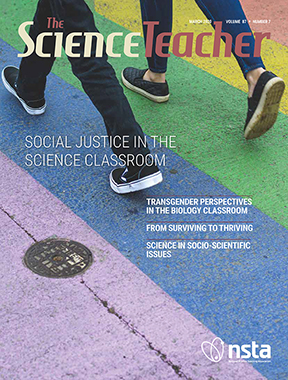
Volume 87, Number 7
Making science come alive and having students address critical social issues creates a more socially just environment, where all students truly are created equal.

Volume 87, Number 7
Making science come alive and having students address critical social issues creates a more socially just environment, where all students truly are created equal.

Volume 87, Number 7
Making science come alive and having students address critical social issues creates a more socially just environment, where all students truly are created equal.



